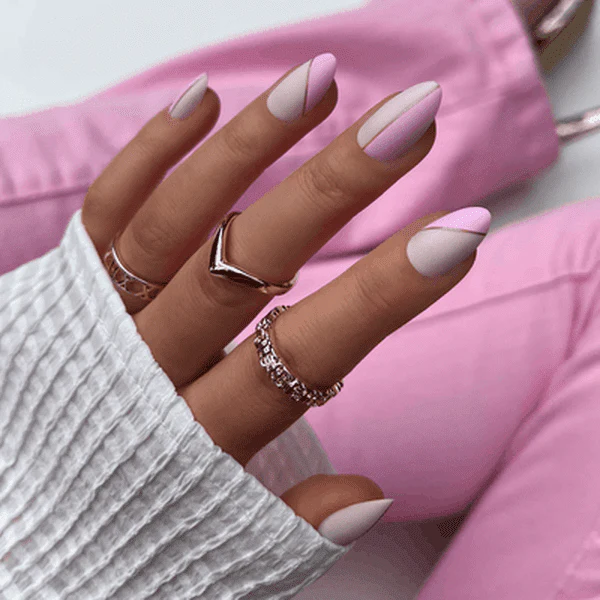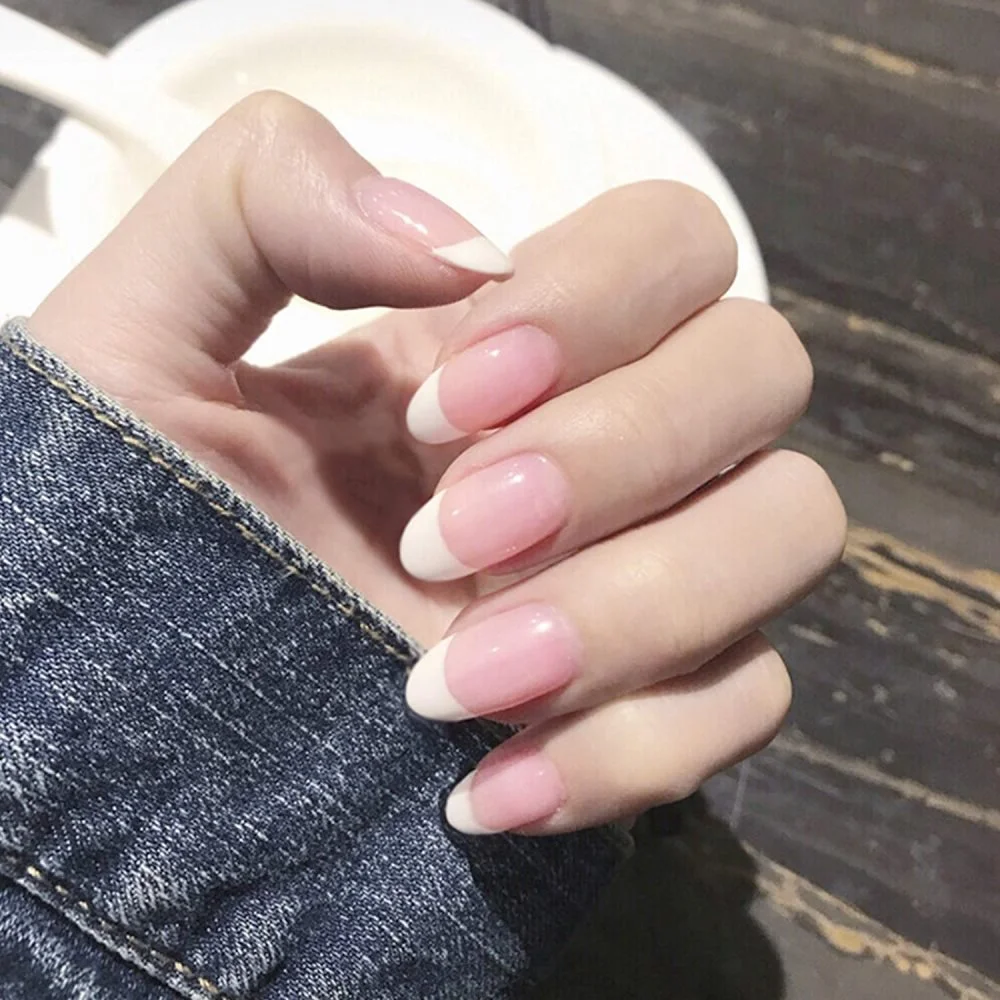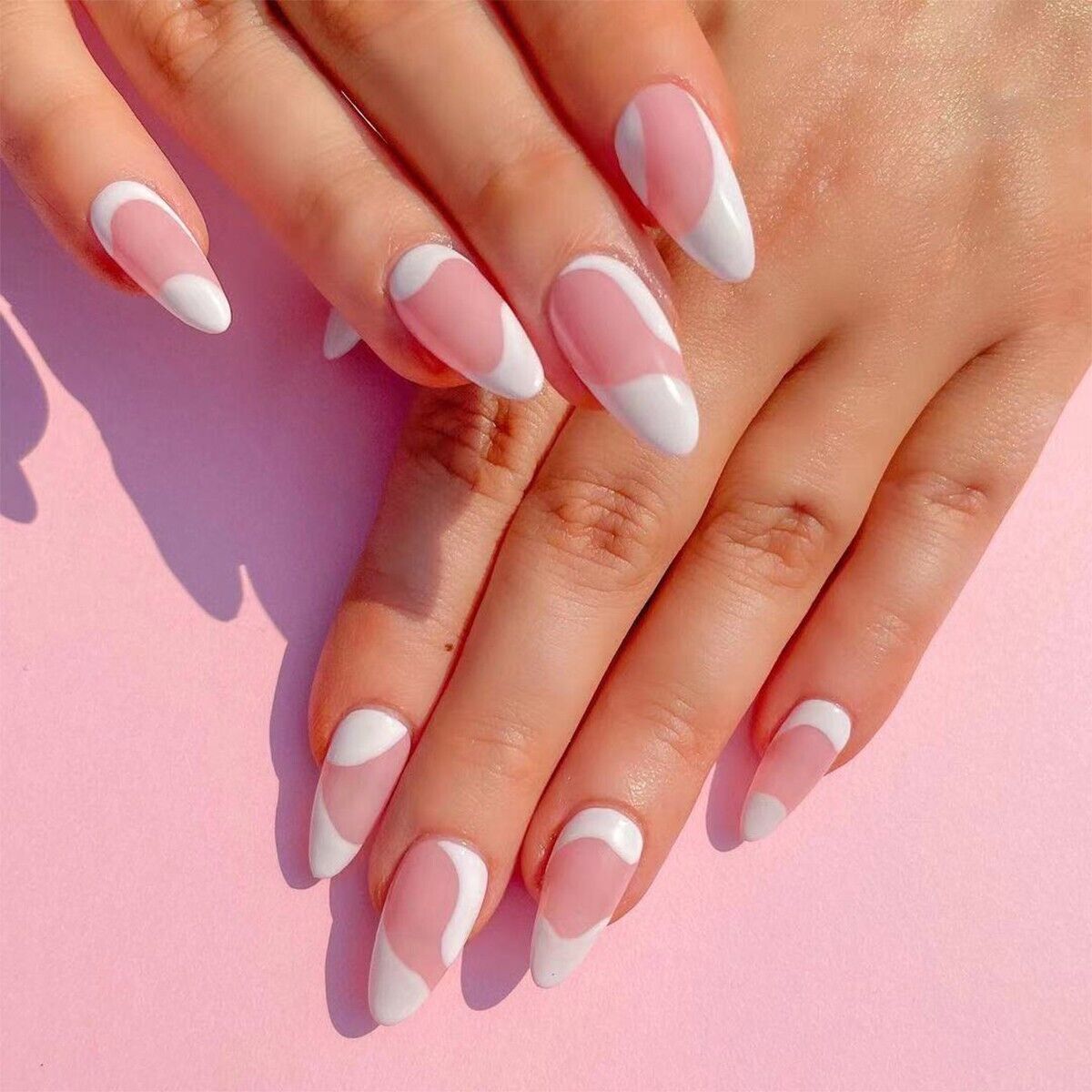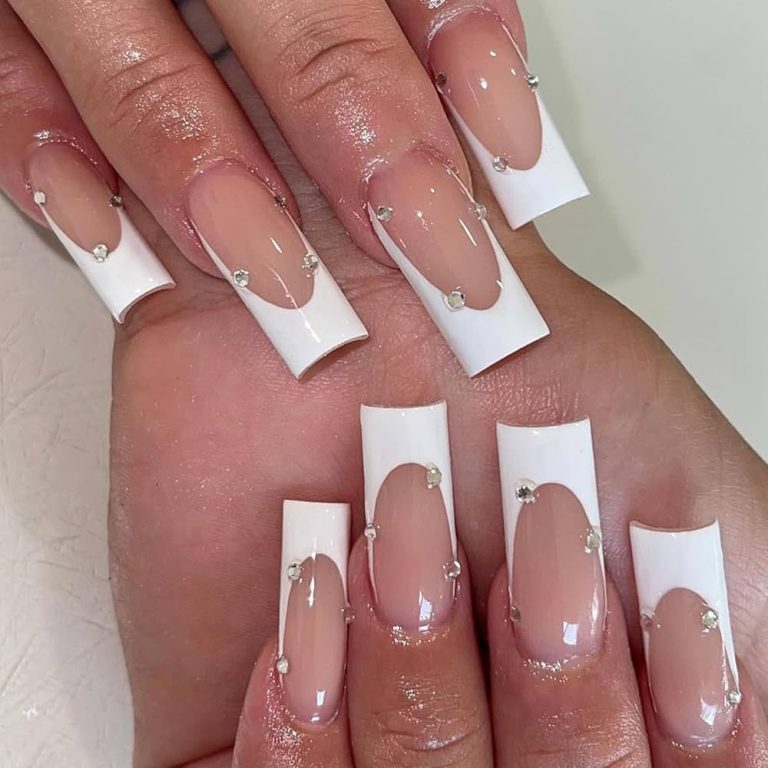
Understanding Pain After Nail Treatments: Causes and Tips
Reasons for Nail Pain Post-Treatment
Nail treatments can be a luxurious experience, but sometimes they come with unexpected discomfort. Understanding why your nails might hurt after a visit to the salon is key to both prevention and treatment. Why do my nails hurt after getting them done? Below we’ll explore some of the frequent causes of post-manicure pain and what you can do to alleviate it.
Common Causes of Post-Manicure Discomfort
Post-manicure discomfort can stem from a variety of sources. Here are some common reasons:
- Over-filing of the nail can thin out the nail plate, leading to sensitivity.
- Cuticle damage during manicures can result in pain and infection.
- Harsh chemicals in nail products might irritate the nail bed and surrounding skin.
- Incorrect application or removal of enhancements can strain the natural nails.
Keeping an eye out for these issues and communicating with your technician can mitigate much of the potential discomfort.

Nail Pain After Acrylic Application
- If the nail bed is filed down too much, it becomes sensitive.
- The weight of the acrylics may feel uncomfortable as your natural nails adjust.
- Poorly applied acrylics can pull on the natural nail, causing pain.
To circumvent this, ensure your technician employs a gentle touch and avoid over-filing.
Gel Nails and Heat Spike Phenomenon
The ‘heat spike’ phenomenon occurs with gel nails when:
- A thick gel polish layer is cured, producing a painful heat sensation.
- The curing light causes a rapid reaction, resulting in a ‘spike’ of heat.
Discussing low-heat curing options with your nail technician can prevent this sharp discomfort. Now that we have unpacked the reasons for nail pain post-treatment, we can look at ways to avoid it before, during, and after the nail service.
Pre-Manicure Precautions
Why do my nails hurt after getting them done?Taking steps before your nail appointment can help prevent pain and ensure a good experience. Let’s discuss how you can prepare your nails and choose the right technician.
Importance of Nail Health Before Treatment
Good nail health is a must before you get any manicure. Check your nails for any signs of infection, damage, or weakness. Treat these issues or let your nails heal before your appointment. Use nail strengtheners and moisturizers to improve nail condition. This precaution helps prevent pain after the treatment.
Selecting a Qualified Nail Technician
A skilled nail technician is key to a pain-free nail service. Look for licensed professionals with positive reviews. Ask friends for recommendations or search online for well-rated technicians. Before booking, ensure they practice good hygiene and ask about their approach to nail care. A proper nail technician should value the health of your nails and comfort during the service.

During the Treatment
Taking the right steps during your nail treatment can reduce the risk of pain. Why do my nails hurt after getting them done?Being aware of the methods used by your technician can greatly enhance your experience. Let’s look at how certain issues during the treatment can cause discomfort and what you can do about them.
Identifying Aggressive Nail Techniques
Aggressive methods can lead to nail pain. Watch out for excessive filing or forceful cuticle pushing. These practices thin and weaken nails, leading to sensitivity. If you feel pain, speak up immediately. Request gentle handling to prevent damage to your nails.
Coping with Sensitivity from Thin or Weak Nails
If you have thin or weak nails, request special care. Ask the technician to use softer files and gentler techniques. Avoid harsh treatments that can exacerbate nail weakness. Delicate handling is key to enjoying your service without discomfort.
Managing Heat Spikes and Over-Curing
Heat spikes from curing gels can be painful. To manage this, ask for low-heat curing options if available. Thinner gel layers help too, as they reduce heat buildup. If you feel a burning sensation, alert your technician immediately. They may stop curing and apply gel in thinner layers to minimize pain. Proactive communication about these issues is crucial for a comfortable nail treatment experience.
Post-Treatment Care
Caring for your nails after a treatment is crucial to avoid pain and damage.
Addressing Post-Manicure Pain
If you experience pain or discomfort after getting your nails done, don’t ignore it. Early signs of soreness or swelling might indicate a minor issue or a more serious problem. Take prompt action by applying a soothing ointment or cold compress to reduce inflammation. If pain persists, seek advice from a healthcare provider or a nail specialist.
Experts recommend gentle massage with cuticle oil to enhance blood flow and nail health. If the nails feel excessively tight or painful, it’s wise to avoid heavy tasks that put pressure on them. Wearing gloves for chores can prevent further irritation. If you suspect an infection or severe damage, professional medical evaluation is necessary.

Tips for Keeping Nails Healthy After a Salon Visit
Why do my nails hurt after getting them done?Maintaining nail health post-treatment ensures a faster recovery and lasting beauty. Here are some tips:
- Moisturize your nails and cuticles daily with a high-quality nail oil or lotion. This prevents dryness and brittleness.
- Wear gloves when performing tasks that may cause damage, like washing dishes or gardening.
- Avoid using your nails as tools to prevent breakage or stress.
- Trim your nails regularly, following the natural shape of your fingertips to reduce the risk of ingrown nails or tears.
- Stay hydrated by drinking plenty of water, which benefits nail strength and overall health.
By following these guidelines, you can help prevent post-manicure nail pain and keep your nails strong and healthy.
Alternatives to Acrylic and Gel Nails
If you find that traditional acrylic or gel nails often lead to discomfort, it might be time to consider safer nail enhancement options. There are alternatives available that can provide the beauty of acrylics and gels without the associated pain.
Exploring Safer Nail Enhancement Options
Several nail enhancements are less likely to cause pain or damage to nail beds. Look for “breathable” nail polishes or treatments that contain fewer chemicals and permit water and oxygen to pass through. Another option is press-on nails, which offer versatility and ease of application without the need to cure under a UV lamp.
Why do my nails hurt after getting them done?Bio-sourced nail enhancements, made from plant derivatives, are another eco-friendly and gentle option. Nail wraps provide a quick way to add intricate designs to your nails without harsh chemicals. Always perform patch tests with new products to ensure you don’t have an allergic reaction.
Benefits of Gel Nail Extensions and Dip Powder
Gel nail extensions and dip powder are two popular alternatives that are known for being gentler on the nails. Gel extensions use a lighter gel that is carefully applied, reducing the risk of pressure and strain on the nails. Dip powder, on the other hand, requires no curing light, which eliminates the potential for heat spikes that can cause pain.
Both options allow for flexibility and strength, much like acrylics, but without the intensity of the application process. They are durable and can last for weeks with proper care. Furthermore, dip powder has gained popularity for its no-fume, no-UV light application process, making it a suitable option for those sensitive to traditional nail enhancement methods.
Professional Insight
Navigating nail discomfort after treatments requires professional insight. Let’s delve into expert advice on reducing pain and the significance of nail hygiene.
Expert Advice on Minimizing Nail Pain
Professionals in nail care offer several tips to minimize discomfort post-treatment:
- Ensure gradual filing to avoid thinning the nail plate excessively.
- Use proper techniques for cuticle care to prevent irritation.
- Select hypoallergenic products to avoid allergic reactions.
- Opt for gentle, non-aggressive nail enhancement applications.
Experts emphasize using soft files on fragile nails and avoiding harsh, drying chemicals in nail products.
Understanding the Role of Nail Hygiene in Preventing Discomfort
Proper nail hygiene plays a crucial role in preventing nail pain. Key practices include:
- Regular nail cleaning to prevent bacterial buildup.
- Moisturizing cuticles and nails to maintain health.
- Avoiding nail-biting and picking, which can lead to infections.
Consistent care and precautionary measures are critical to keeping nails pain-free after salon visits.

Conclusion
Wrapping up, we’ve gone through the key factors leading to nail pain after treatments. Why do my nails hurt after getting them done?Proper prep, gentle techniques, and post-care are vital. Let’s recap the best ways to keep nail treatments pain-free.
Summarizing the Best Practices for Pain-Free Nail Treatments
To prevent nail pain, consider the following tips:
- Maintain healthy nails before treatments.
- Choose a skilled nail technician.
- Avoid harsh files and aggressive techniques.
- Opt for low-heat curing with gels.
- After care, moisturize and protect nails.
- Try alternatives like gel extensions or dip powder.
- Keep nails clean and avoid biting or picking.
These steps can lead to enjoyable and comfortable nail experiences.
Emphasizing the Importance of Communication with Your Nail Specialist
Communication with your nail specialist is key. If you feel pain or discomfort, speak up. Inform them of your nail’s condition and if certain techniques cause discomfort. A caring technician will adjust their methods.
Remember, nail treatments should enhance beauty without causing harm. With the right precautions and open dialogue, your nail care routine can be both stunning and soothing.

